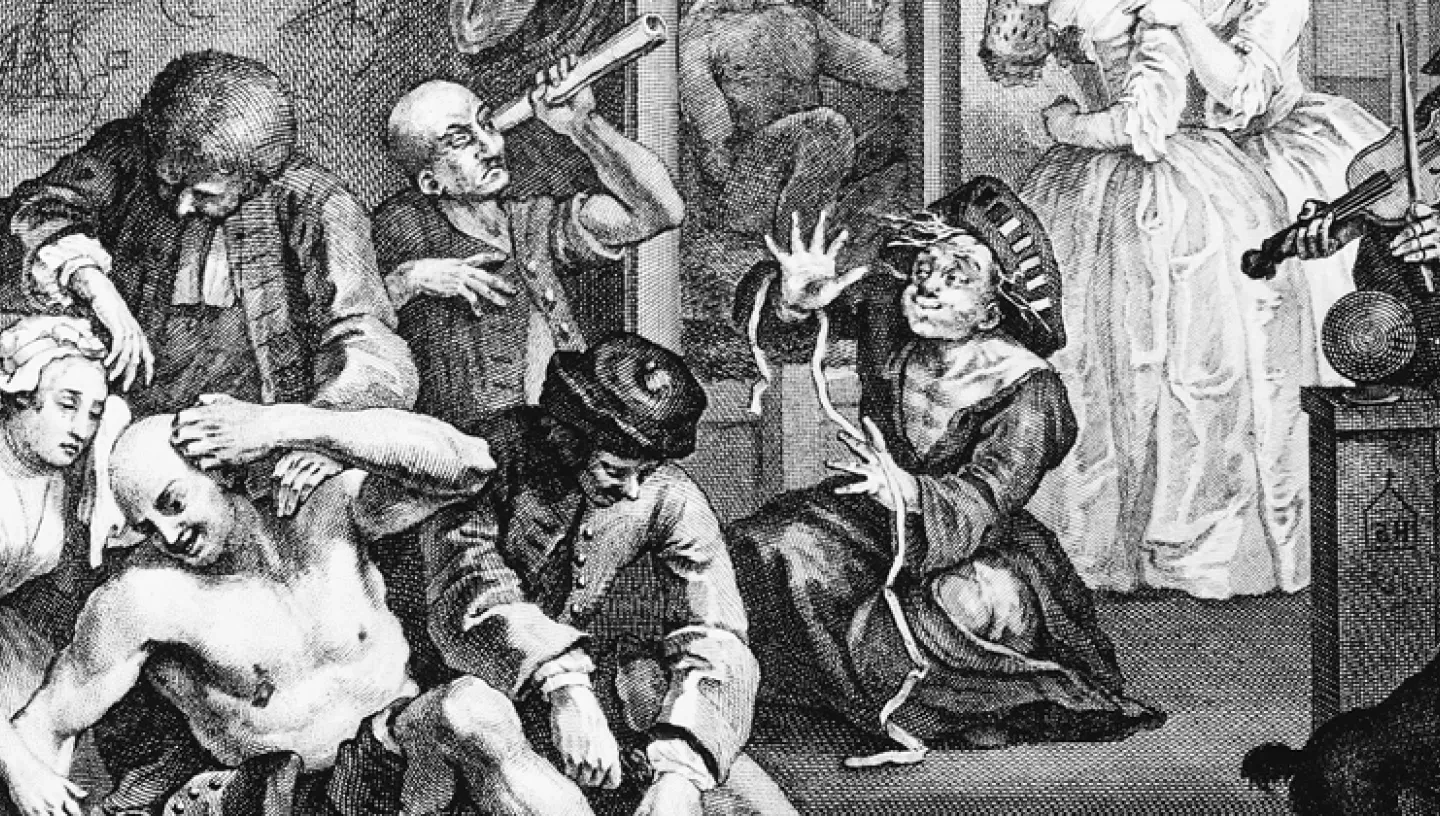
What made the search for longitude so important?
Why did most of the great European powers offer huge rewards for a way to determine longitude at sea?
As different nations became the dominant players in maritime affairs, so their political and commercial leaders were willing to give great riches to anyone offering to solve any of the myriad problems that diminished profits and put lives in danger.
Who wanted to know?
The further people wished to sail, the greater the risks, whether along well-travelled routes with known hazards or into relatively unknown waters. The determination of longitude and other potential advances were of most interest to nations investing in long-distance trade and outposts and settlements overseas.
A matter of life and death
As well as loss of lives in shipwrecks due to navigational errors, protracted voyages meant crews dying from the many diseases which flourished on ships, most notably scurvy.
Admiral Sir Cloudesley Shovell and death on the Scillies
On the evening of 22 October 1707, five of the Admiral’s ships struck the rocks off the Isles of Scilly. Within hours four ships went down and more than 1400 men including the Admiral perished. Navigational errors were the cause but surprisingly there is no evidence of a public outcry urging government action. It seems instead that the Longitude Act was the result of lobbying by mathematicians like William Whiston.
Safer and cheaper
The ability to determine your exact position at sea would mean that ships could travel more directly and speedily to their destinations offering commercial and strategic advantages. Moreover, the practice of using known safe routes to avoid navigation errors helped pirates and privateers, who could ambush ships on predictable courses.
An intellectual challenge
For mathematicians, astronomers and cartographers in particular, determining longitude was an intellectual challenge and a practical conundrum in which the peculiarities of being at sea merely hindered elegant mathematical and astronomical solutions. It was they who put it on the political agenda.
Longitude rewards
Convinced that there were potentially transformative ways of tackling the problem of finding longitude at sea, rulers and states with maritime ambitions looked for ways to hasten their appearance.
Early rewards for determining longitude
The first such incentive scheme was established in Spain, the leading maritime power of the sixteenth century, in 1567. The States of Holland and a number of other governments followed the Spanish example by offering rewards for meeting these challenges. Serious and important ideas were submitted, trials were made and some money paid out.
Galileo, Newton and observing eclipses on Jupiter
The moons of Jupiter were first discovered in 1610 by Galileo Galilei (1564–1642) with the use of a new technology - the telescope. They provided, in essence, a celestial timekeeper, visible at the same time from different points on Earth.
Galileo quickly realized that this was a potential means of finding longitude. He tried to persuade first the Spanish then the Dutch to invest in his method but the practicalities were overwhelming. Even a century later, Newton noted that ‘by reason of the length of Telescopes requisite to observe them & the motion of a ship at sea, those Eclipses cannot yet be there observed’.
England and France
England and France came relatively late to the scene of longitude research but their arrival coincided with a period of significant advances in astronomy and instrument-making. Government and royal interest in finding longitude solutions led in both nations to the patronage of individuals with plausible methods, to the theme being taken up by the learned academies – the Royal Society of London and French Académie des sciences being founded in 1660 and 1666 respectively – and to the establishment of observatories in Paris in 1667 and at Greenwich in 1675.
Clocks and stargazers
These developments in instrument-making and astronomy led many to conclude that astronomers would find the solution to determining longitude. At the same time, horology and clock-making were about to undergo a major change and a brilliant Englishman John Harrison would be at the heart of this new era in timekeeping.
The Longitude Act of 1714
The call for a British scheme to echo the Spanish and Dutch was answered on 9 July 1714, when Queen Anne gave her royal assent to an ‘Act for Providing a Publick Reward for such Person or Persons as Shall Discover the Longitude at Sea’. The value of the reward of £20,000 would be worth at least £1,500,000 today.


